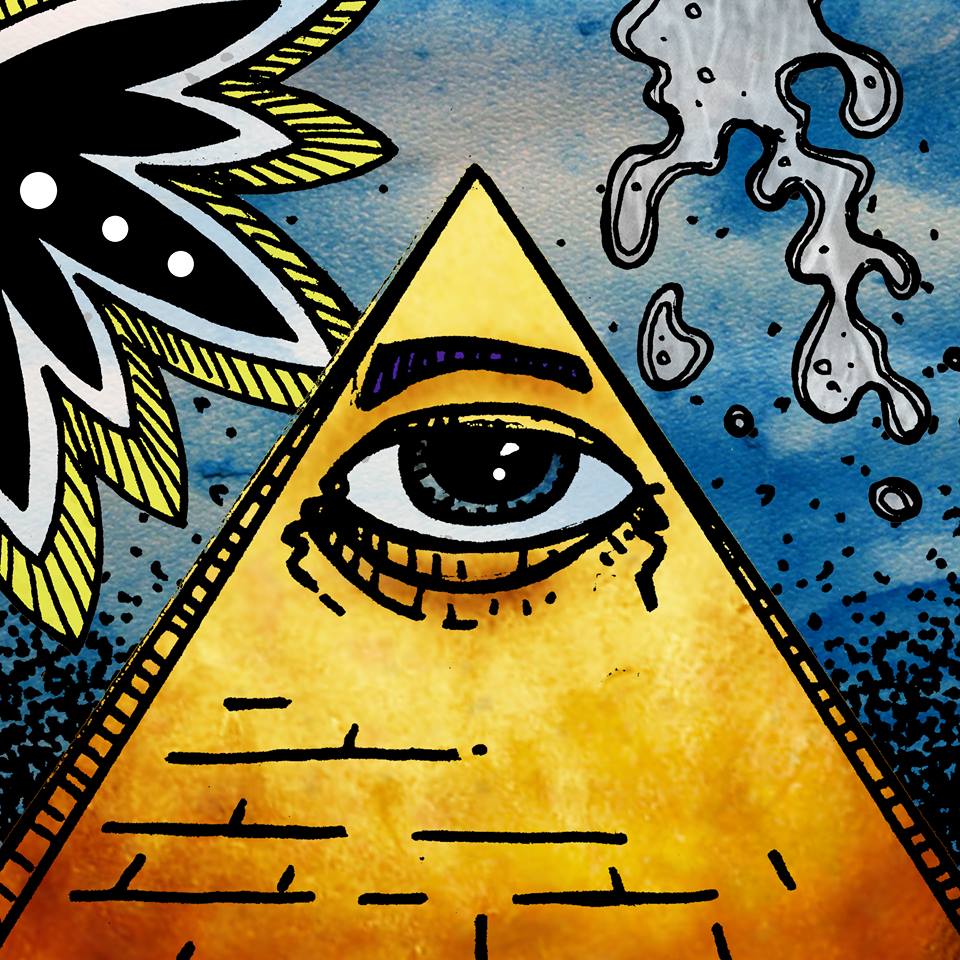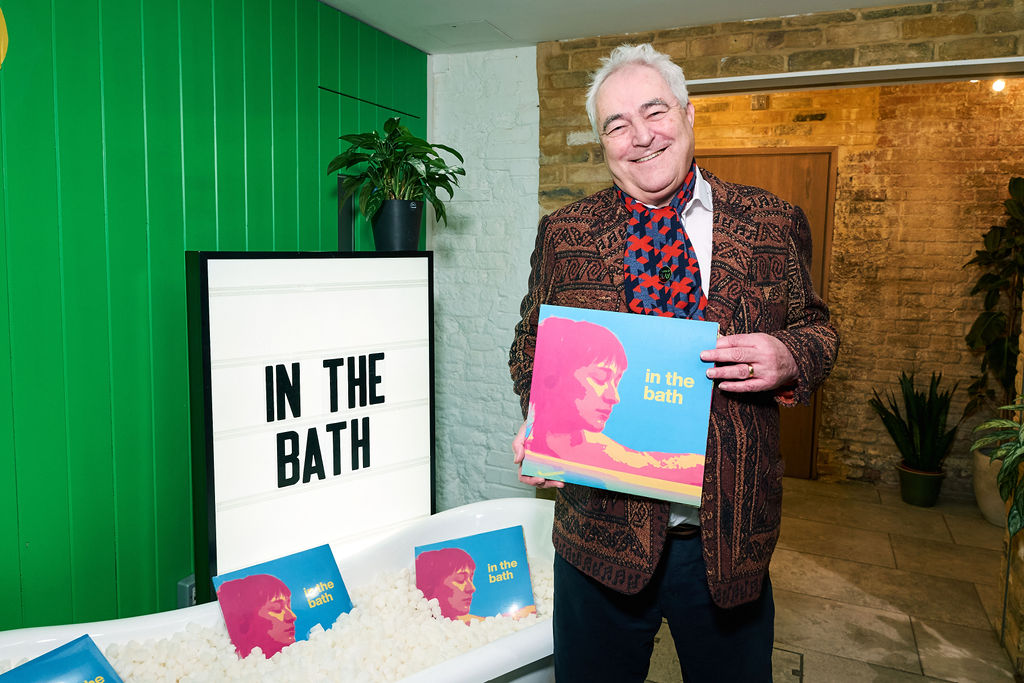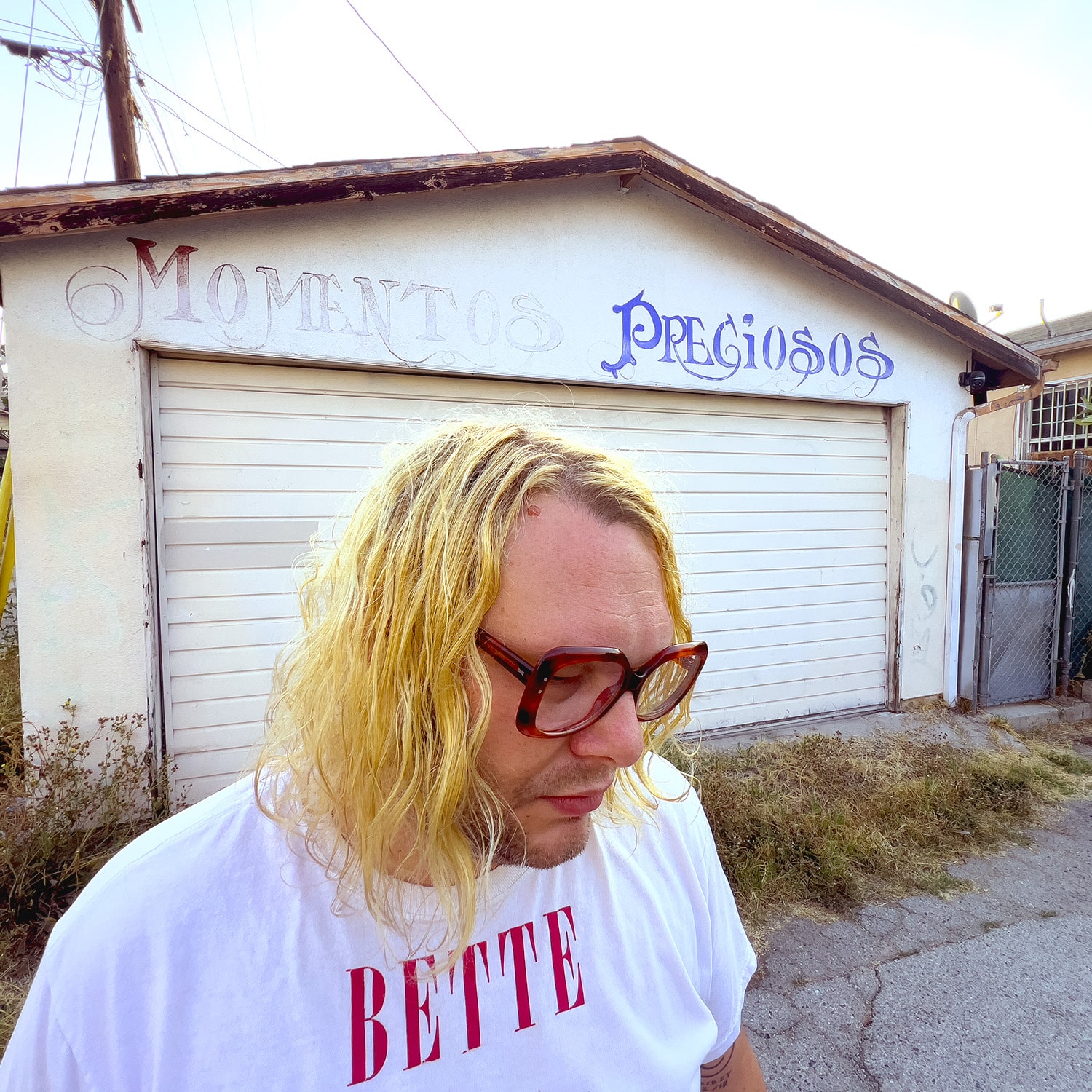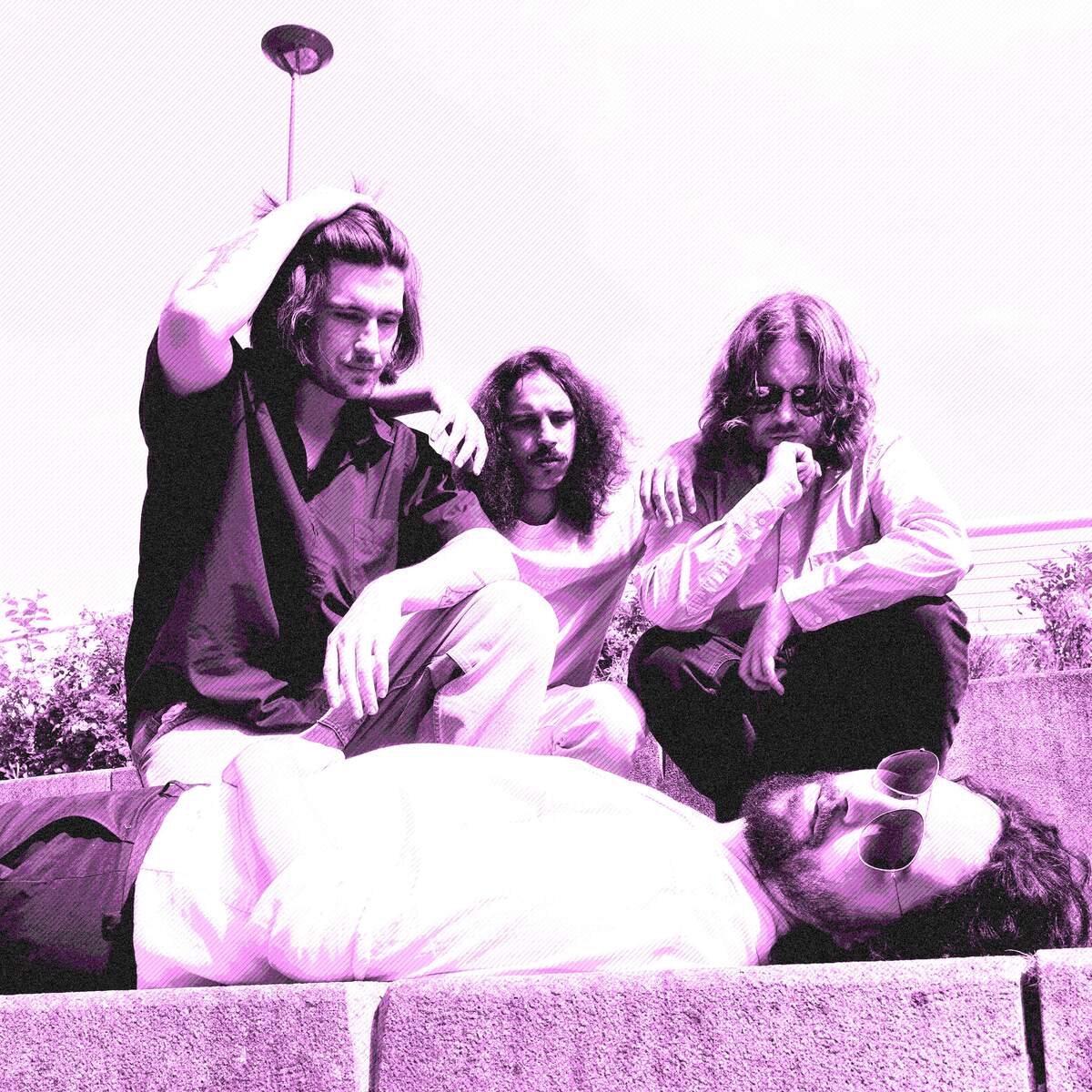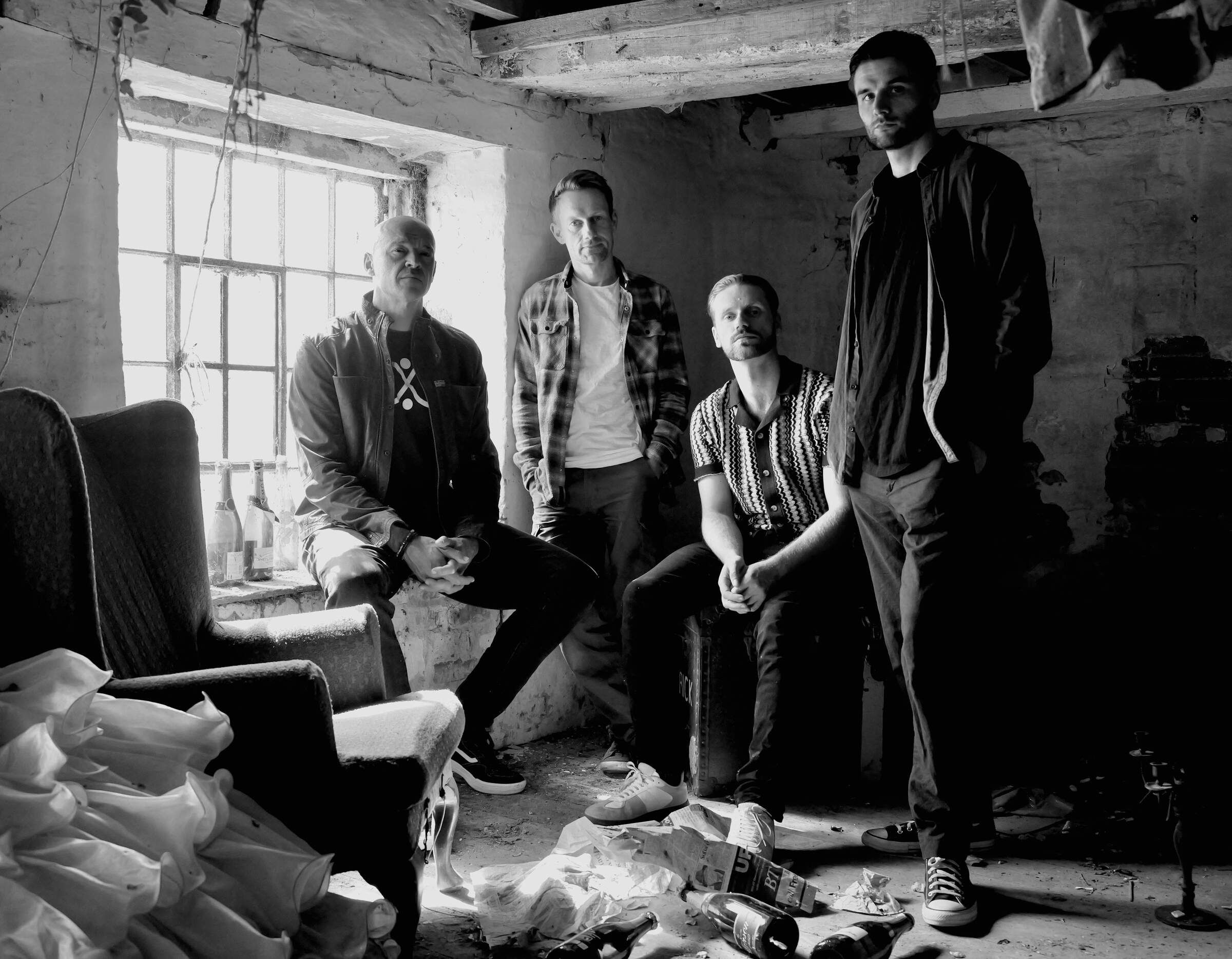Lush Life: Mark Constantine on Synesthesia, Scent, and His Sonic Memoir
Mark Constantine, the visionary co-founder and CEO of LUSH, has never just sold cosmetics. He’s crafted a sensory philosophy where scent, sound, and experience intertwine.
Now, with the release of ‘In The Bath’ on vinyl, Constantine deepens his dive into personal curation and sonic memory, offering an intimate map of his life through sound.
While LUSH is celebrated for its fragrant stores and ethical stance, many may not know that Constantine experiences synesthesia, a rare neurological condition where he perceives smell and sound as interwoven sensations. This profound sensory link has long shaped his iconic perfumes and indulgent spa treatments, and now, it informs his musical selections.
‘In The Bath’ is a sonic tapestry, spanning pop, folk, and electronica. Each track isn’t just a song; it’s a “scent trail” back to pivotal moments in Constantine’s journey, from early struggles to global success. The album is a clear expression of his belief in nurturing the overlooked and underappreciated. Released through his independent ECC label, it features reinterpretations that surprise and resonate, pairing emerging talents with covers of artists like Therapy?, The Spice Girls, and Green Day. These covers are transformed into new, unexpected emotional statements, mirroring Constantine’s career-long dedication to ethical sourcing and grassroots talent.
‘In The Bath’ offers a fragmented, yet deeply personal, portrait of a life shaped by art, feeling, memories, and the unique lens of synesthesia.
This special vinyl edition is available now through the LUSH website and select music retailers.
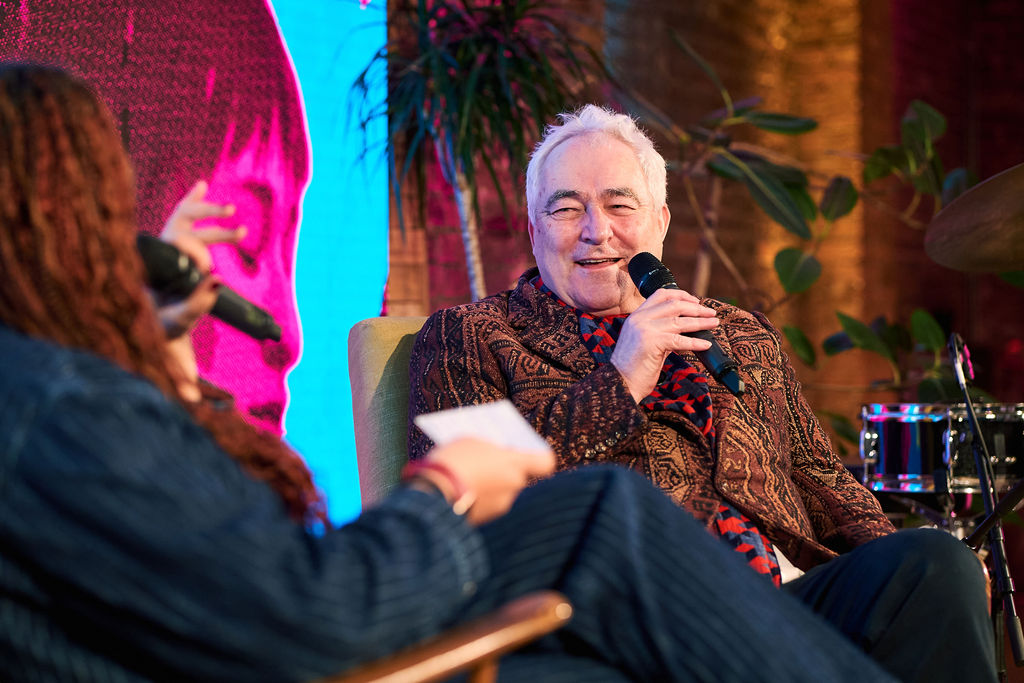
“You’re always shocked how much great talent is out there unrecognised.”
Mark, ‘In The Bath’ feels like a deeply personal journey. How do the tracks reflect your life, from early struggles to building LUSH?
Mark Constantine: To be honest, a lot of the tracks really just caught my fancy.
‘Take Screamager’ by Therapy? (covered on the album by DaDaLaLa). It is a great track. We took the word Therapy and created a solid massage bar of the same name with an upside-down question mark. I also created a perfume based on Lamb’s ‘What Sound’ (covered by Rosie Doonan) called ‘Two Hearts Beating as One,’ which later turned into LUSH’s Lust perfume.
The Spice Girls ‘Say You’ll Be There’ (covered by Marry Waterson), when sung in that particular way, is such a needy lyric. It is a perfect example of an artist having the challenge of working on a track that might not make sense on paper, but ends up sounding wonderful.
‘Hedningarna’s Raven’ (covered by Sheema Mukherjee) is so typical of the time I have spent in Scandinavia and reminds me of it. The Knife’s ‘Reindeer’ (covered by Piney Gir) is a bit of fun, as the original does not sound anything like the cover and it now sounds a tiny bit like a Christmas track. So each track may either have deep meaning or be something I just really like. I love Beck but I have never had a ‘Devil’s Haircut’! If you take ‘What Sound,’ that has deep meaning. I really worked extensively on our ‘Two Hearts Beating as One’ perfume to try to capture the enigma of two hearts beating as one.
“In the 90s I would get up at 4 a.m. every day to make cosmetic products in my garage.”
The album weaves together music and memory. How has each decade of your life, especially the 90s, shaped its emotional tone?
I did not think of the 90s much before curating ‘In The Bath’ and then suddenly I was taken right back there.
I realised during The Self Preservation Society, the first album in the series covering the 60s and 70s, that there was a period of time in my life when I did not have any musical memories. That was when I was homeless and I did not buy or listen to any music. So yes, you do notice gaps that mean something.
I chose Life’s ‘What You Make It’ as the title and lead track of the 80s compilation. Talk Talk’s lead singer Mark Hollis died while I was curating the album and that brings poignance to the track. I asked an 80-year-old vocal coach, who was very successful in her earlier years, to cover it. Whether we are thinking of your memory or you are in your 80s and reflecting on life, I would say that was more of an intellectual choice on the album.
Also on the same compilation, ‘Jesus Doesn’t Want Me for a Sunbeam.’ I thought it was fabulous that a band like Nirvana would do a track like that. It was covered on the album by Eliza and Martin Carthy, who gave it a more biblical tone again.
The 60s saw the explosion of beat music into psychedelia. What is your perspective on that era? Were there underground bands or clubs you followed at the time?
Anyone who was educated into popular music during that time will have very broad tastes. The Nice was my choice of band and I followed them on to Emerson Lake & Palmer. Leonard Cohen was my choice of artist who has stayed with me all my life. His poetry and lyrics have given my life meaning throughout.
I was going to clubs. Discotheques were the big thing back then. To be honest though, it was mainly pubs where they would play Cream and all of the latest music that I would go to the most.
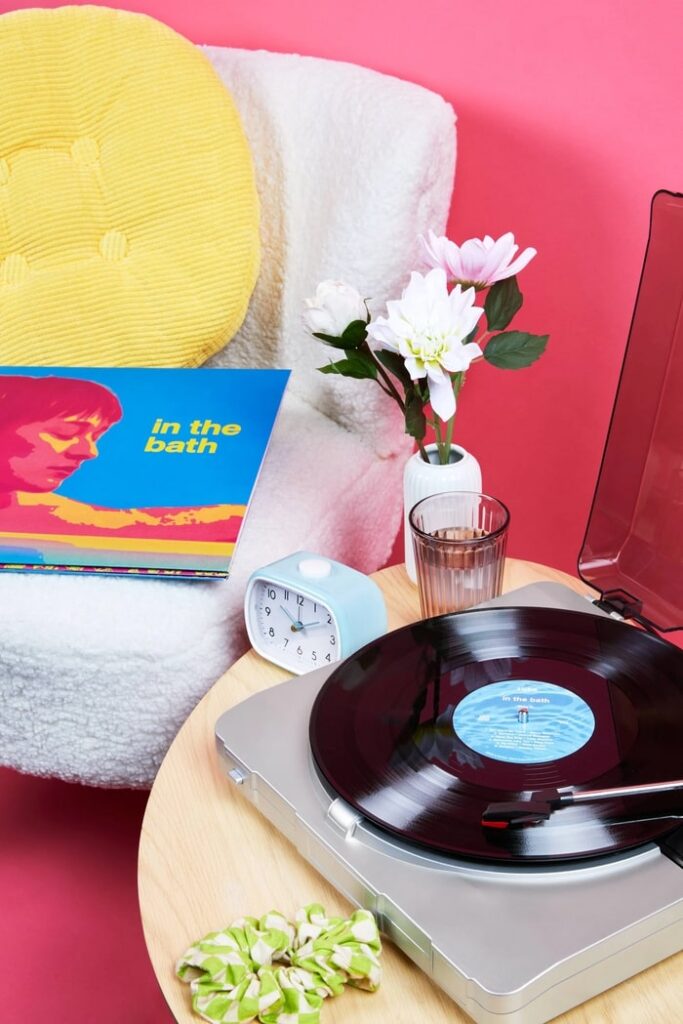
“Living in the woods really shaped my attitude towards charity”
You have gone from living in the woods to running a global brand. How did those early experiences shape your musical taste?
Living in the woods really shaped my attitude towards charity, giving back and paying taxes. There was so little music in my life during that time that I do not really know how it shaped my musical taste.
Living with synesthesia must make music an even richer experience. How do the colors, smells, and tastes you associate with sound influence your choices?
I did not actually know that I had synesthesia and for me it was just normal. My synesthesia is very specific to smell and I guess it does influence my music choices. I used to listen to music with Simon Emmerson who also had it. My son Simon has it as well. I tend to make friends with people who have synesthesia too.
Has synesthesia helped you see unexpected connections between different tracks or genres?
No, but it does connect my music, perfumery, and work on LUSH spa treatments. I would say that my synesthesia has had more of an effect on our spa treatments than any other single area.
Looking at ‘Self Preservation Society’ as the first chapter of your decade-spanning compilations, do you see any parallels between the 60s and the 90s in music and fashion?
Fashions come and fashions go and they are recycled. The other day my granddaughter came in with these denim hotpants on and she commented to her dad that her mum (who is a Goth) would never wear them. I did not like to tell her that her grandmother had also worn hotpants that she made from an old pair of jeans.
Some things are constant like Leonard Cohen or good lyrics. In terms of music being recycled, there was certainly a huge dose of dreamy, acid folk which I also enjoyed in the decades following. There is always someone wanting to play and produce music inspired by that era.
On that note, where do you think fashion is heading next?
Fantasy and escapism after a decade and a half of such harsh times.
You curated tracks from icons like R.E.M., The Spice Girls, and Björk. What personal memories from the 90s came to mind while making those selections?
I have always liked pop music and the Spice Girls were the queens of the pop era. The musicians I was talking to wanted to cover the Spice Girls, as they were their icons.
R.E.M. were work horses and worked so hard to create such a great sound. Michael Stipe used to regularly pop into LUSH to chat with everyone. It was always very nice that he would take the time to come in. A lot of musicians like LUSH and used to come in and hang out in the shops. Eric Clapton was one and Paul Weller another. Adam Faith was also very, very keen on LUSH. Dustin Hoffman used to come into the Kings Road shop on a regular basis.
If you are into Björk, you are into a certain style and it is similar to LUSH. Not everyone likes LUSH but when you are into it, you are really into it.
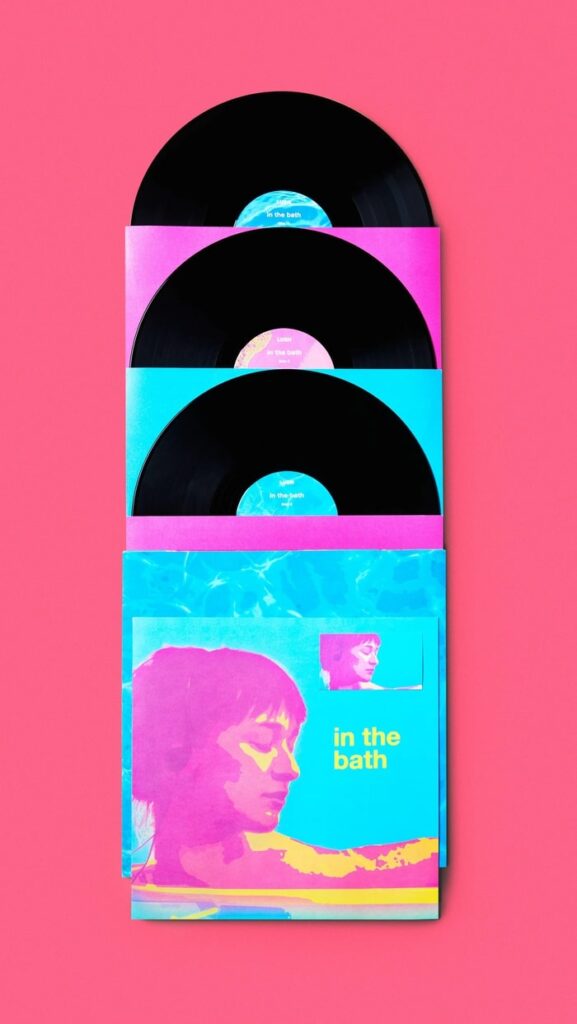
“I am still inventing new products and perfumes”
The 90s were such a dynamic time. What about that decade still resonates with you today?
In the 90s I would get up at 4 a.m. every day to make cosmetic products in my garage. I had a record player, I would listen to music and make product until about 3 p.m. I had to make it early in the morning to allow it to cool down and thicken properly, ready to be shipped out. I could make a ton of product a day in 100-kilo batches. I still get up early every day and whilst I am not making cosmetic products in great quantities anymore, I am still inventing new products and perfumes.
Is there a track on ‘In The Bath’ that feels particularly personal or marks a turning point in your life?
I know this is a bit wet (excuse the pun!) but I like the track ‘In the Bath,’ as it sums up my life better than most. I spend a lot of time in the bath and I spend a lot of time thinking about the bath. That track sums up a bath perfectly to me in many respects, which is quite difficult to do within a piece of music. When I am in the bath, I think about products, I put a face mask on, and listen to music. Listening to ‘In the Bath’ whilst you are in the bath, I can recommend it. Maybe that is not as deep and revealing as required but I think that is really quite important to me.
Can you share the original concept behind Emmerson, Corncrake & Constantine (ECC) Records? What vision drove you to start the label?
I became very good friends with Simon Emmerson and we were both birdwatchers, hence the corncrake reference. It seemed appropriate at the time to start a label. It is not that we shared the same taste in music but Simon was very facilitating and understanding. One is always shocked about how much great talent is out there unrecognised and you want to bring it to people’s attention. That is what was behind it all, great musicians who were just getting by.
ECC Records launched with folk-inspired reinterpretations, including Jackie Oates’ early releases. How did those projects shape the label’s direction?
Jackie Oates is an incredibly adaptable artist. I can remember when I first heard her rendition of Mother. I was supposed to be going birding and I ended up crying. It was not quite what I had in mind on a Sunday morning. Jackie did such a great job with the track and it was so much about her own mother and I knew that. The folk artists we work with are such great talents.
ECC has grown from intimate folk roots to more adventurous, genre-blending projects. What do you look for in an artist, and how has that criteria evolved?
Let us take the track ‘I Feel You’ from ‘In The Bath’ which was covered by Simon Richmond. He also produced the ‘Mother’ track I mentioned earlier. Simon is a deep thinker and it is typical that he would choose a voice like William Burroughs and echo it and put it on the track. Simon has produced a lot of things and has worked on our spa music. In him you look for intellectual brilliance. In the case of ‘Stealing Sheep’ you look for good fun and total originality. Teddy Thompson is irritatingly stunning and has such good taste in the tracks he chooses. Ríoghnach Connolly has a brilliant voice and great personality. Some of them are just the best voices I have ever heard. Sadly, there is so much taste and good quality out there and so little opportunity.
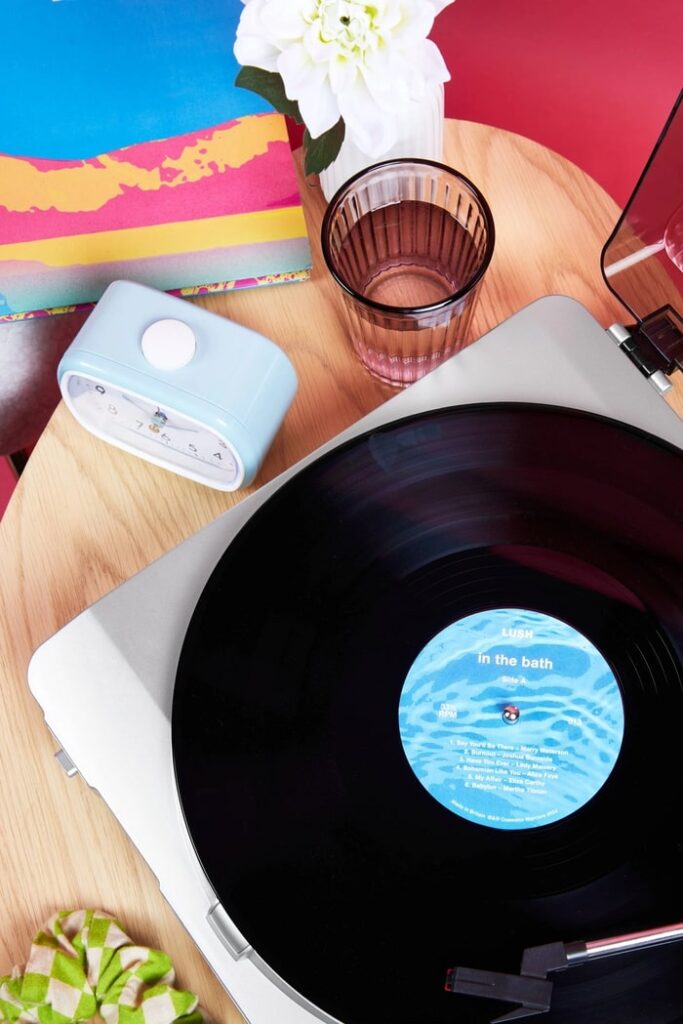
Have you ever considered reissuing folk albums from the 60s or 70s? There is so much incredible material that deserves rediscovery.
Yes I have thought about it but no I have not reissued any.
You have consistently used music as a force for social change at Lush. How does “In The Bath” align with your mission to support grassroots talent and ethical entrepreneurship?
Martha Tilston once said in an interview how keen we were to support grassroots artists and that she recognised the kindness and it really helped.
The album features striking reinterpretations, like transforming a pop hit into a soulful ballad. Was there one that made you see the original in a completely new light?
I think Joshua Burnside’s cover of Green Day’s ‘Burnout’ is really special. Also, The Lovely Eggs’ version of ‘Cannonball.’ The Breeders are such a frightening band in my opinion and I loved what The Lovely Eggs did with the track. ‘Thunder’ by Sweet Billy Pilgrim was impressive. I just love what these artists do with the tracks.
Collaborating with emerging talent often leads to unexpected creative moments. Can you share a story where a collaboration shifted your perspective?
Ríoghnach Connolly is a huge talent who covered a track on our ‘Life’s What You Make It’ album and then finds herself performing with Annie Lennox at the Royal Albert Hall. My wife Mo, who is also a co-founder of LUSH, was invited to the concert and had a lovely time. However, it was on the same night as the launch of my new book The Poetry Business School and I had to join her for the aftershow party. Earlier that evening I was chatting all things poetry at the launch event with guests such as Frank Skinner, who has a poetry podcast, and Holly Tucker.
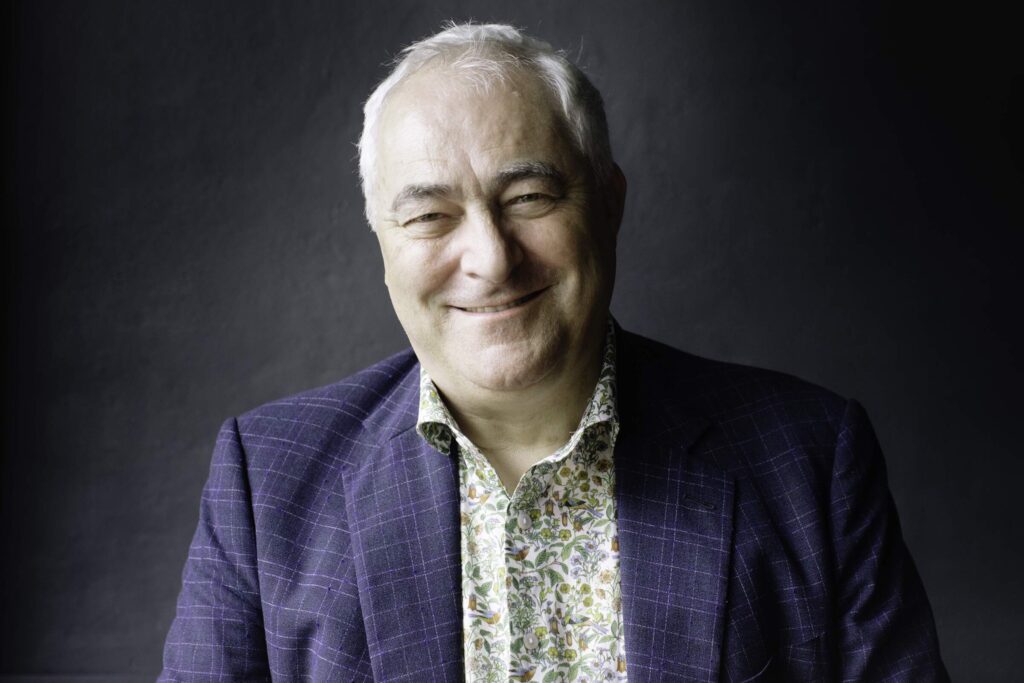
Let us wrap up with some recommendations. Have you discovered any new albums lately that our readers should check out?
I am really enjoying listening to Chisara Agor a lot. Chisara also played a fabulous live set at the ‘In the Bath’ launch party in Soho.
Other stuff I am listening to at the moment includes Bob Dylan, Frank Carter & The Rattlesnakes, and old Allen Toussaint stuff. Kristian Leontiou (who went on to become One EskimO). I am listening to his earlier stuff. Also Marry Waterson and Ludovico Einaudi, which is lovely piano music.
Klemen Breznikar
LUSH Website
